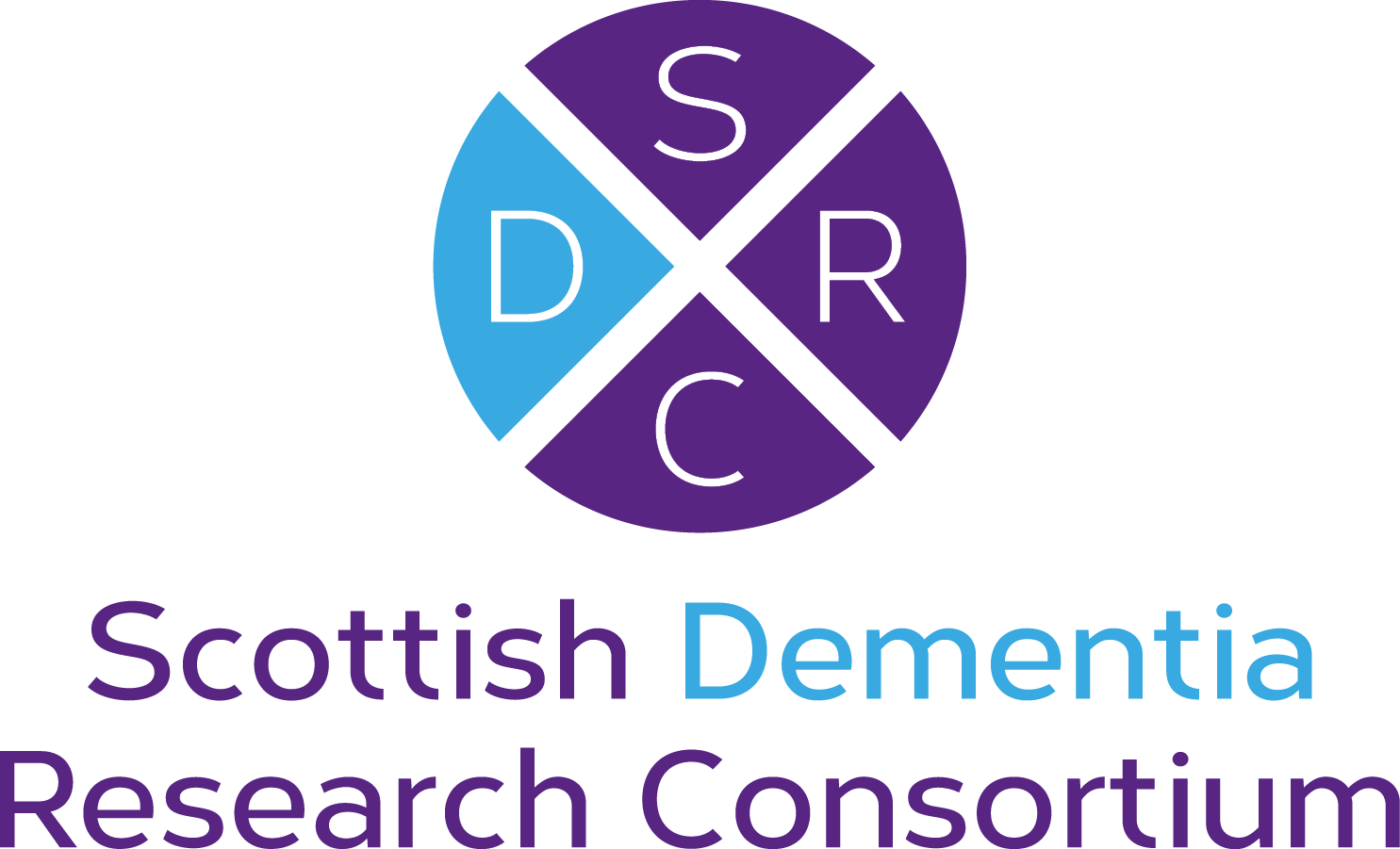A Bicycle Built for Two….or More: Collaboration in Research
In the second blog of our new series we hear from Dr Margaret Brown, Senior Lecturer and Depute Director of the Alzheimer Centre for Policy and Practice at University of the West of Scotland. Read Margaret’s blog below and stay tuned on the website and our twitter for more Research Involvement guest blogs coming soon.
I was thinking about the idea of working collaboratively and the image of a bicycle sprang to mind, specifically a tandem. Working in tandem means doing things at the same time. Yet someone has to be at the front of the bike to steer and the person behind has to believe they are going in the right direction, especially as they are providing half of the impetus. I am becoming increasingly fond of this image in relation to research, as I think we need to have clearer idea about what true collaboration means. I consider this to be that working together in the same rhythm, at the same general speed and definitely going in the same direction.
We have had the privilege over the last couple of years to work with members of NDCAN in a research group, under the aegis the SDRC, exploring what research learning and collaboration might be possible. This has been a powerful experience that has stimulated much reflection on my part about collaboration and research. My previous experience of engaging with, and hearing about, research collaboration with non-academics has been variable. I perceive many non-academics finding themselves on the periphery, held there by the knowledge and language of the researchers.
While researchers may well have the knowledge and skill about the structure and process of research, the carers have lived the experience. The academics depend on the carer for that lived experience and the real challenge is how collaboration brings these two essential elements together.
Top tip: Avoid tokenistic gestures and be clear about what you mean by and want from research collaborations.
This NDCAN-SDRC-Living with Dementia Research group is striving for a collaborative experience and while I still sometimes hear from our carer members a deference about the knowledge and language of research, I also hear increasingly, deference from the researchers about the lived experience of the family carers. I think we might be getting on the tandem now and our balance is getting better over time as the group explores issues, that are at times sensitive for all of us, but that we all feel are important.
Working together on a range of research related activities, including these blogs, is creating a group of real people, who perceive more clearly the shared ambitions we have to make life better, through research. Part of this balancing is also a recognition of the role many researchers play, or will play, as family carers in their own right.
To continue my analogy, perhaps we are now riding the tandem with a little more ease and speed but maybe we need to take turns at the front. That will be the continued challenge.
Top tip: Mutual respect and shared understanding are the building blocks of collaboration.
Thank you Margaret for your contribution. If you would like to know more, or have nay questions for Margaret, you can contact her here or on Twitter: @owlbroon
